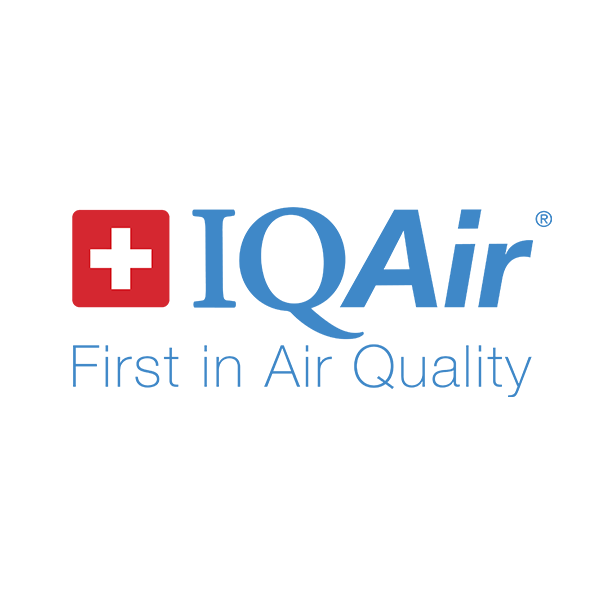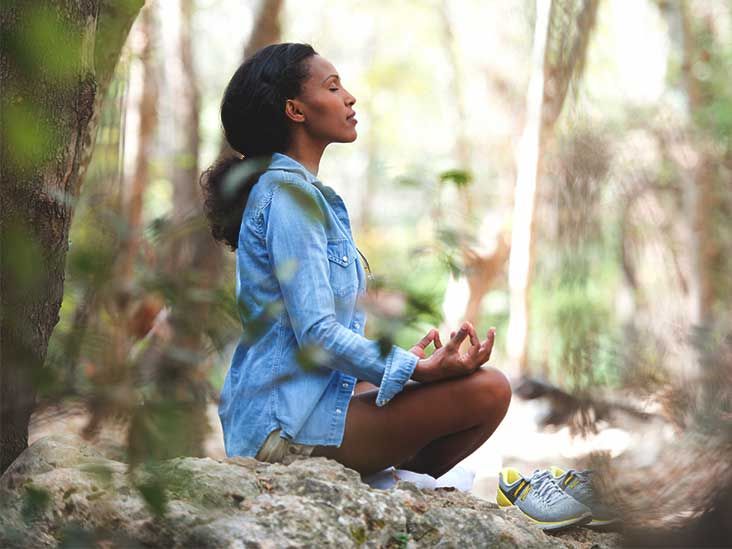- The Water Hole
- Posts
- UP IN THE AIR
UP IN THE AIR
Floating around Montana and trying to breathe

I have been dreaming of dragons and kings lately, due to a deep dive into Mr. George R.R. Martin’s writing. But during the day, thoughts of escaping fire and climbing mountains take hold. Maybe that is because this is my first fall in the western US. The last few weeks between Colorado and Montana have been a fantasy…when the air is clear.

Rivers and Roads

Our era of traveling for Leave No Trace is in its last chapter, and with that, nostalgia and sentimentality come creeping in. One of the things that I am most grateful for in our travels is simply the generous hospitality of others. I am so in awe of people’s kindness. People welcome us into their homes, they feed us, they let us wash things with their appliances—simple stuff. But it makes me light up thinking about all the kindness we have received throughout our travels.
At the same time, it can feel a little weird—to be given so much and feel like you can provide so little in return. I cannot wait to have a place to welcome people in and give back a little.

This is my place in this moment
A few months ago, I got retrained as a Wilderness First Responder (WFR) in Mt. Hood, OR. It was a five-day long class and my seat neighbor, Tally, and I bonded over practicing wound cleaning and arm slinging on each other. I didn’t know anyone in the class initially and it felt like starting a new school all over again, but it made the days much nicer to have made a friend.
Recently, we were in Montana doing some work with the Parks Project and Glacier National Park Nursery. It just so happened to be the place where Tally lives and works for the Forest Service. After reaching out, mentioning we would be in her area, and inviting her to our stewardship event, she graciously offered to house us for the few days we were there. It was so kind. We only knew each other from the WFR course, but having the opportunity to hang out in an informal setting, wash clothes and dishes, and cook in a kitchen, was a wonderful gift. Everything about the whole encounter was so chill. Her two roommates were unbothered by our slumbering in the middle of their living room and we learned about one of their entrepreneurial pursuits of making up-cycled bags and clothing from donated fabrics. We made them dinner, exchanged stories, and learned what it was like to live in northern Montana year-round. It was a simple visit, but it makes me think even more fondly of Montana.

The serendipity of our lives astounds me sometimes. It makes me love people all the more. There is so much goodness in this world, and I plan on contributing as I enter a new stage of life.

Things You Didn’t Notice
OZONE ZONE
The only planetary boundary (out of 9) that had previously been threatened and is being successfully remediated, is ozone layer depletion. This has been pointed to as a huge win in earth systems sustainability and collaboration. How did this happen?
The Montreal Protocol (MP) of 1989 banned human-created substances that were depleting the ozone layer. Now, typically, banning substances is a hard sell, and there are those people who still love them and want to use them. But this protocol is actually working in recovering the ozone layer. 99% of ozone-depleting substances have been phased out. However, the 2023 ozone hole was larger than in 2022, meaning the hole is shrinking but still exists. If we maintain what we are doing and stick to the Montreal Protocol, the UN predicts that global stratospheric ozone will return to 1980 levels around 2040. We are on the right track. The Montreal Protocol is heralded as one of the most successful global environmental agreements. It was the first environmental treaty to be universally ratified by every country in the world.
“The Montreal Protocol is a model of cooperation. It is a product of the recognition and international consensus that ozone depletion is a global problem, both in terms of its causes and its effects. The protocol is the result of an extraordinary process of scientific study, negotiations among representatives of the business and environmental communities, and international diplomacy. It is a monumental achievement.”
While it is wonderful that the MP worked, I find it a little embarrassing that we have not come up with another more successful global environmental agreement since 1989. That was 35 years ago. The Paris Agreement of 2015 is the more modern environmental agreement that commits countries to greenhouse gas emission reductions rather than eliminating ozone-depleting substances. But it does not have everyone on board. The U.S. removed itself from the Paris Agreement during the Trump administration, then joined again under the Biden administration, showing the US’s fickle commitment. There are still three countries that have not ratified the Agreement: Iran, Libya, and Yemen. Though there is broad scientific agreement on the impact and causes of this era’s climate woes, banning ozone-disrupting substances was easy… deciding what action to take to tackle climate change is difficult.

Hot Topic
THE AIR WE BREATHE

It is smoky out there.
While wildfires have not been top of the national news, this is the first time we have physically been in the thick of wildfire season. Fires have been causing more damage as the climate gets warmer. But that damage is not equally distributed across the US. The eastern US has seen almost no change, but fires have become much more prevalent in the west.

This means that Western populations are faced now with higher loads of small particle pollution. Small particle pollution can come from smoke, smog, geological events such as volcanic eruptions, animal agriculture, industry, and many other outputs. The following videos dive into smog and cities’ battle with air pollution.
We have ways of improving our indoor air quality when the going gets tough outdoors, like using HEPA filters. But it is helpful to know what the air quality is and where it is moving. This Swiss database is a leading resource for visualizing air movement and quality. Stay in the know!

Refresh
Health: “Do not come for my gas stove!” ~ says any cook I’ve talked to. However, 12.7% of childhood asthma cases in the U.S. could be attributed to gas stove use due to the high small particle load and methane leaks. Second to switching to an electric stove, improving ventilation and using that fume hood while cooking is the best thing to do.
Household: Using filters is not the only way to improve your indoor air quality. Because indoors has less airflow than outdoors, it can trap harmful pollutants and irritants. Something as simple as opening windows and having plants indoors may help your air.
Transportation: NOx (the collective NO and NO2) emitted from vehicles contributes to smog and leads to acid rain. While policy is helping the reduction of NOx by challenging producers to cut vehicle emissions, we must be careful not to repeat the Volkswagen scandal of 2015, where they were caught cheating on their vehicle emissions tests and dumping way more NOx into our air than we knew.
Mentality: The link between air quality and mental health runs deep.
Community: Gather together in plein air. My mom’s favorite pastime gets a shoutout because, as the artsy equivalent to fishing as an excuse-to-relax-out-in-nature, group plein air painting is a great way to be outside with folks you like and partake in a relaxing activity together.

Mouthwatering
SALSA AS A SOUP
As the days change back into sweater weather, I will relapse back to summer for one last moment to highlight a recipe that changed my life. This NYTimes gazpacho recipe introduced me to a way to consume veggies that I had never experienced before—in an olive oil-based creamy soup. This particular recipe produces such a wonderful texture of gazpacho it is almost reminiscent of its winter cousin—squash soup. This cold, refreshing jumble of vegetables makes my mouth water just thinking about it. I was inches from purchasing a blender just to make this recipe on repeat (which would be quite impractical on the road, but the gazpacho calls!).
Ingredients:
2 pounds ripe red tomatoes
1 Italian frying (Cubanelle) pepper or another long, light green pepper, such as Anaheim
1 cucumber
1 small mild onion (white or red)
1 clove garlic
2 teaspoons sherry vinegar, more to taste
Salt
½ cup extra-virgin olive oil

Game Time
Do a lung workout!
Every time I cook outside I always hold my breath while lighting our gas stove because that is when the excess stinky propane spews out. It is these situations that make me wish I had a larger lung capacity. Think of the other possibilities. I could better rescue people from burning houses, dive deep underwater and explore with just a snorkel, or prevent the inhalation of gross car fumes when starting up from a red light on my bike.



